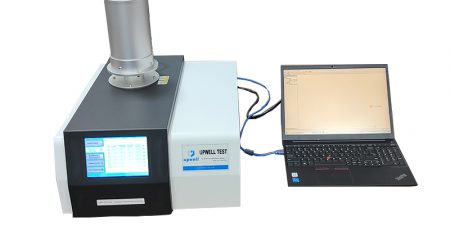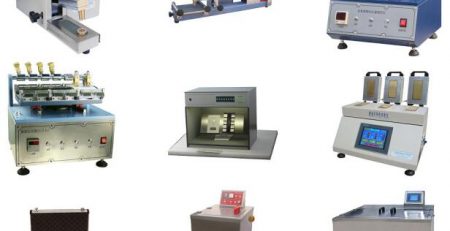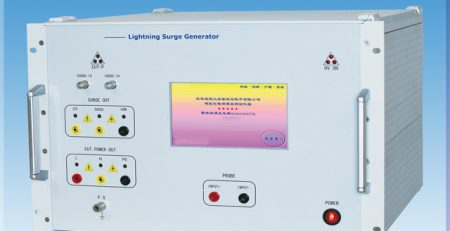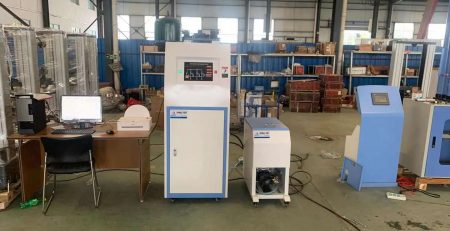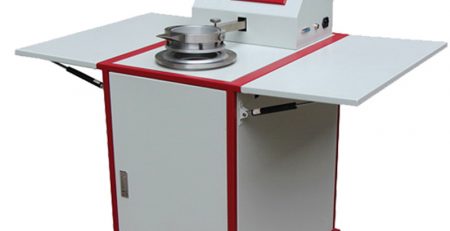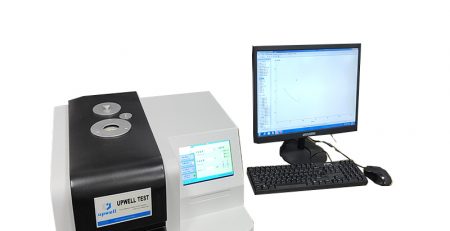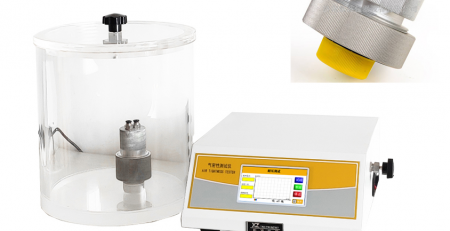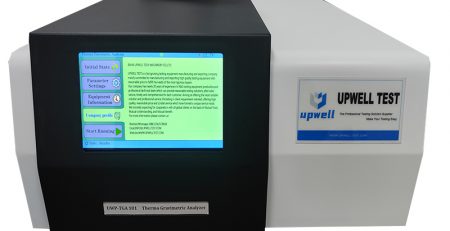Differential Thermal Analysis (DTA) is an important thermal analysis method, which refers to a testing technique that measures the relationship between the temperature difference between a substance and a reference substance and the temperature or time under program temperature control. This method is widely used to determine the characteristic temperature of a substance and the amount of heat absorbed or released during thermal reactions, including physical or chemical reactions such as phase change, decomposition, compounding, solidification, dehydration, and evaporation of substances. It is widely used in inorganic, organic, especially high molecular polymers, glass fiber reinforced plastics and other fields. Differential thermal analysis is simple to operate, but in actual work, it is often found that the same sample is measured on different instruments, or different people measure on the same instrument, and the resulting differential thermal curve results are different. The maximum temperature, shape, area, and peak size of the peak will change to some extent.

Differential Thermal Analyzer
In the 1960s, the differential scanning calorimetry (Differential Scanning Calorimetry, DSC) was proposed, which is characterized by a wide temperature range, high resolution and sensitivity. According to different measurement methods, it can be divided into power compensation DSC and Heat flow DSC is mainly used to quantitatively measure various thermodynamic and kinetic parameters. Differential scanning calorimetry is an analysis method that measures the energy difference between the sample and the reference material with temperature under the condition of programmed temperature. Differential scanning calorimetry has two types: compensation method and heat flow method. In differential scanning calorimetry, in order to keep the temperature difference between the sample and the reference material at zero, the relationship curve between the heat applied per unit time and the temperature is the DSC curve. The vertical axis of the curve is the amount of heating per unit time, and the horizontal axis is temperature or time. The area of the curve is proportional to the change in enthalpy.
Differential Thermal Analyzer
DSC and DTA have the same principle and are relatively similar. Both of them place the sample and an inert reference substance (commonly used α-Al2O3) at two different positions of the heater, and heat (or cool) at a constant speed according to a certain procedure. . But the performance of DSC is better than DTA, the calorie measurement is more accurate than DTA, and the resolution and reproducibility are better than DTA. DTA measures the temperature difference between the sample and the reference simultaneously, while DSC measures the difference in power input to the sample and the reference, that is, the difference in heat, which is more accurate than measuring the temperature difference. Therefore, DSC is more superior than the DTA method. Due to the above advantages, DSC has been widely used in the polymer field. Most DAT application fields can be measured by DSC, with higher sensitivity and accuracy, and fewer samples. Because of its quantitative convenience, it is more suitable for measuring the degree of crystallinity, crystallization kinetics, and the reaction heat of polymerization, curing, cross-linking oxidation, decomposition and other reactions, and studying the reaction kinetics.
More detail or comment please freely to contact us www.upwelltest.com info@upwelltest.com

